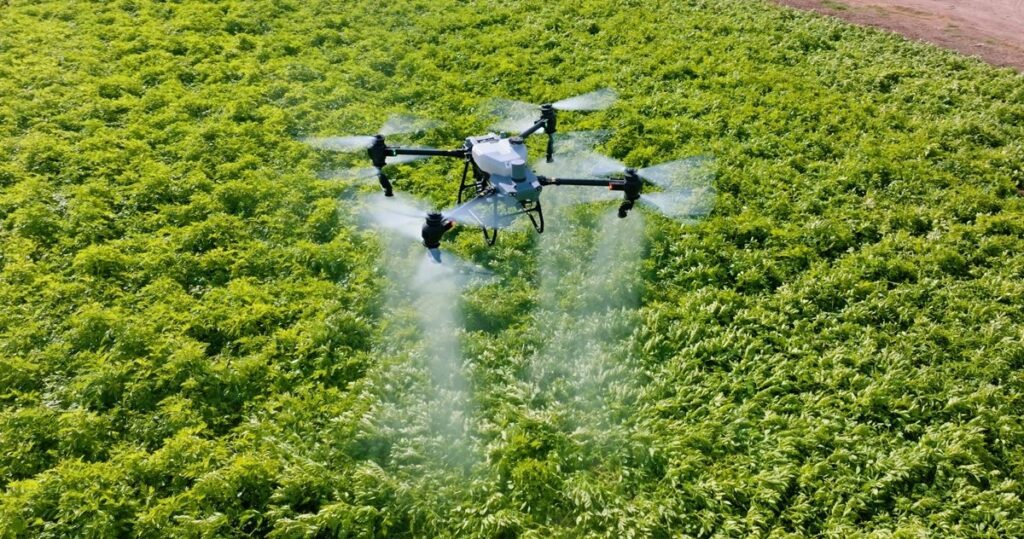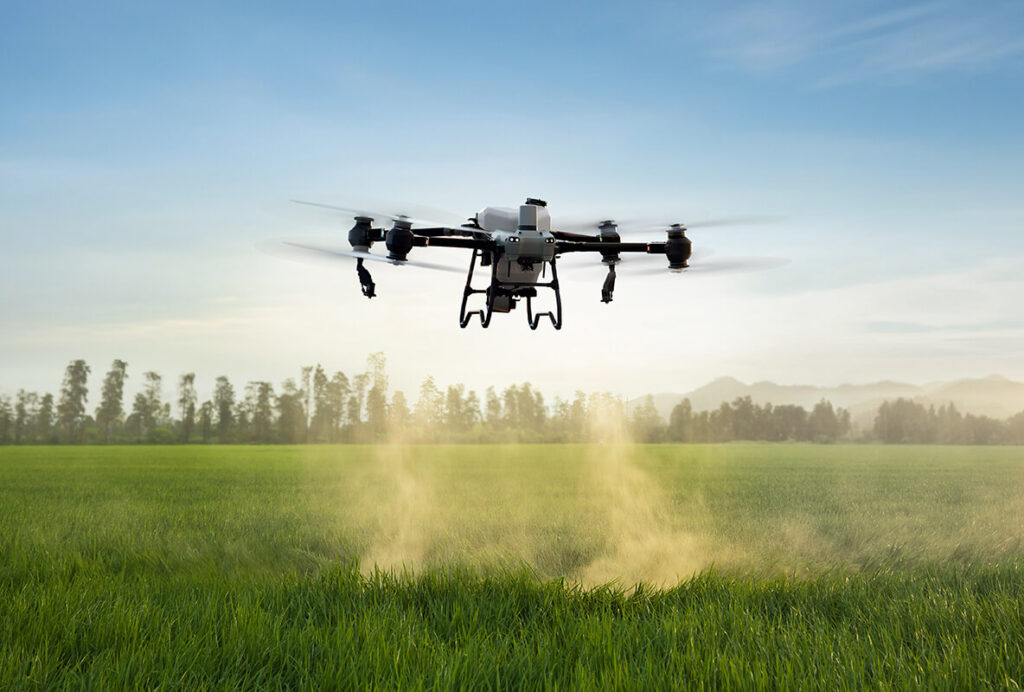
The agricultural sector is undergoing a technological revolution, with drones emerging as a game-changer in efficiency and sustainability. From precision crop spraying to large-scale reforestation, these unmanned aerial vehicles (UAVs) are proving their worth across diverse landscapes — including the UAE, where drones recently dispersed 6.5 million seeds across Abu Dhabi’s wild terrains.
A recent initiative by Abu Dhabi’s environmental authorities highlights the versatility of drone technology. Specially designed drones covered 320 hectares of rugged terrain, including Jebel Hafit National Park Reserve and Qasr Al Sarab Nature Reserve, dispersing native plant species like Samr, Arta and Thamam. This project demonstrates how drones can:
Access hard-to-reach areas (mountains, dunes, and valleys)
Accelerate reforestation and habitat restoration
Monitor seed growth and vegetation changes over time
This same technology is transforming traditional farming by enabling precision agriculture, minimizing waste, reducing costs, and maximizing yields.

Farming has evolved from manual labor to mechanization, and now to digital precision. Agriculture drones represent the next step in this progression, offering unparalleled accuracy in crop management. Unlike conventional tractors or crop-dusting planes, drones can perform tasks with minimal waste and maximum efficiency.
One of the biggest advantages of agricultural drones is their ability to apply fertilizers, pesticides and herbicides with exact precision. Instead of blanket-spraying entire fields, drones can target specific areas, reducing chemical usage by up to 50%. This not only cuts costs but also prevents over-application, which can damage crops and soil health.
Reduced chemical runoff – Minimizes environmental impact.
Lower operational costs – Farmers spend less on inputs.
Healthier crops – Targeted treatments ensure optimal plant nutrition.
Tractors and planes struggle with uneven terrain, steep slopes, or waterlogged fields. Drones, however, can navigate these challenges effortlessly. Equipped with terrain-following technology, they adjust flight height automatically, ensuring complete coverage even in difficult conditions.
When pests or diseases strike, time is critical. Traditional sprayers may take days to mobilize, but drones can be deployed immediately. Some models even operate at night, taking advantage of cooler temperatures for more effective spraying. This rapid response helps prevent large-scale crop losses.

Running heavy machinery requires significant fuel and manpower. Drones, in contrast, operate on batteries and can be managed by a single operator. This reduces both expenses and labor demands, freeing up workers for other essential tasks.
Farm machinery is expensive to maintain. By shifting some tasks to drones, farmers can extend the lifespan of their tractors and sprayers, reducing long-term repair and replacement costs.
With growing concerns over chemical runoff and water waste, drones offer a more eco-friendly solution. Their precise application methods reduce excess chemical use, protecting nearby ecosystems and conserving resources.
Modern drones come equipped with multispectral and thermal cameras, allowing farmers to monitor:
Crop health – Detect disease before visible symptoms appear.
Soil moisture levels – Optimize irrigation schedules.
Nutrient deficiencies – Adjust fertilization strategies.
This data enables smarter decisions, leading to higher yields and reduced waste.
Not every field issue requires a full-scale intervention. Drones can quickly address small problem areas without the need for large machinery, saving both time and resources.

As drone technology advances, their role in agriculture will only expand. Future developments may include:
AI-powered crop analysis – Instant disease detection.
Increased payload capacity – Covering larger areas in a single flight.
Fully autonomous fleets – 24/7 field monitoring and treatment.
For farmers looking to stay competitive, adopting drone technology is no longer optional—it’s essential. The combination of cost savings, environmental benefits, and improved efficiency makes drones a smart investment for the future of agriculture.
Agriculture drones are transforming farming from a labor-intensive practice into a high-tech industry. By embracing this innovation, farmers can boost productivity, reduce costs, and contribute to more sustainable food production. The sky’s the limit for what drones can achieve in modern agriculture.